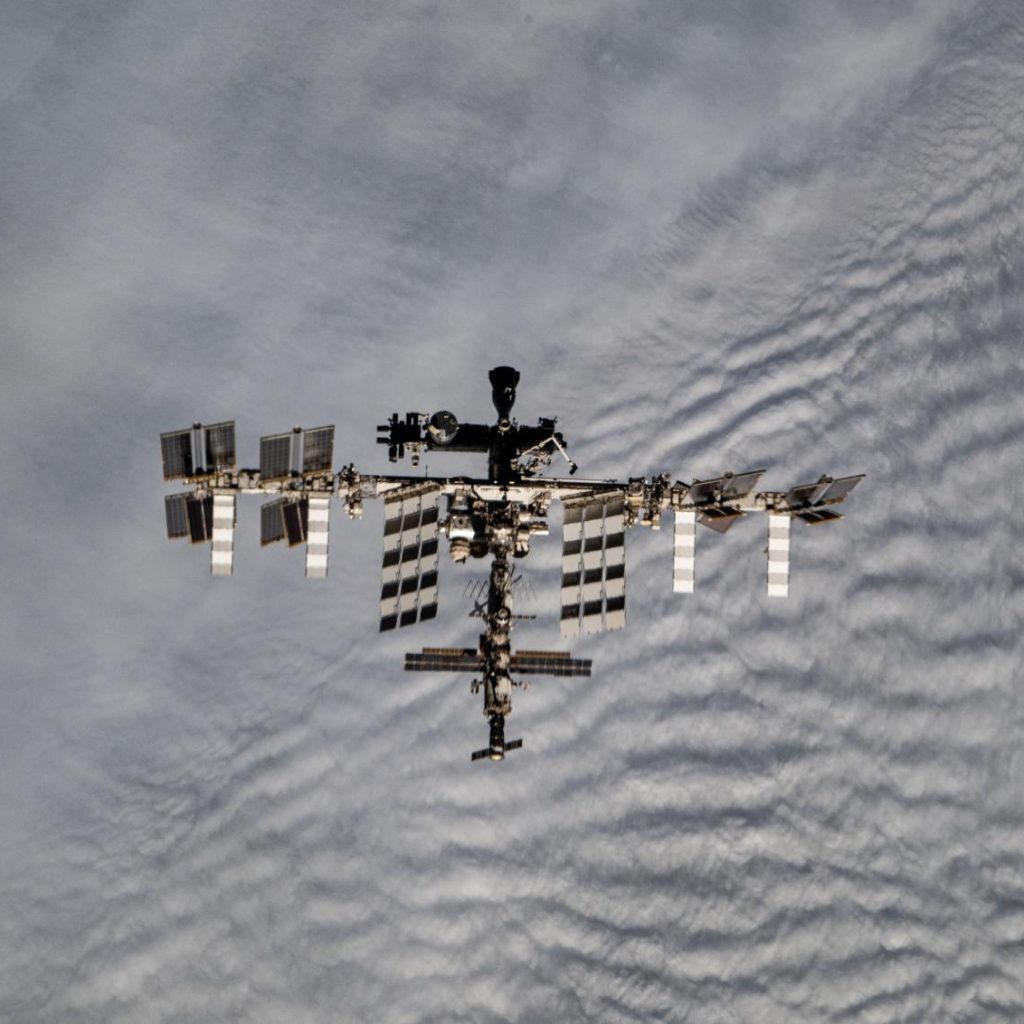NASA is considering scaling back the size of its International Space Station (ISS) crew and limiting research activities due to ongoing budget pressures, even before proposed cuts outlined in the U.S. government's fiscal year 2026 request take effect.
Speaking at a May 20 press briefing about the upcoming Ax-4 private astronaut mission, Dana Weigel, ISS program manager, said the agency has been contending with a “cumulative multi-year budget reduction” that includes funding limits under a continuing resolution holding NASA's 2025 budget to 2024 levels.
“That's the challenge that I've had that we've been managing through today,” said Weigel. “That has left us with some budget and resource challenges that result in less cargo,” including vital crew supplies.
The 2026 budget proposal includes $6 billion in overall reductions for NASA, with half a billion dollars slashed from the ISS budget. The proposal suggests focusing research on the station around exploration initiatives tied to the Moon and Mars, and hints at reducing crew size — details that remain under review.
As a result of cargo limitations, Weigel said NASA is evaluating the possibility of decreasing the number of astronauts in the U.S. segment of the ISS — which includes international partners from Europe, Canada, and Japan — from four to three. “We're evaluating the potential for moving to three crew,” she noted. “That's something that we're working through and trying to assess today.”
NASA has not previously disclosed cargo shortfalls publicly, though concerns have mounted in industry circles. The situation was exacerbated in March when a Northrop Grumman Cygnus cargo spacecraft was damaged in transit, leading to the cancellation of its mission. Only three cargo deliveries are currently expected in 2025, compared to the typical four or five in prior years.
Weigel emphasized that the review process began before the 2026 budget proposal and said the agency would assess any needed changes after the full details are released. “We haven't really worked through specific plans for that,” she said.
The potential reductions are not expected to immediately impact private astronaut missions (PAMs), such as Axiom Space's Ax-4, which is set to launch June 8 aboard a SpaceX Crew Dragon spacecraft. This fourth PAM will carry astronauts from Hungary, India, and Poland for a roughly two-week stay, conducting around 60 experiments — the most ever on a PAM.
“One of the huge benefits that we've realized with these private astronaut missions is not just the number of experiments,” said Weigel. “Each country who comes brings something different than what we have in the normal suite of what we see in our research.”
Sarah Walker, director of Dragon mission management at SpaceX, said Ax-4 had been delayed from May 29 to June 8 due to minor issues with the spacecraft, including a wiring harness replacement and a precautionary parachute swap. She added that all six planned Dragon missions for 2025 — both crewed and cargo — will launch within a six-month window, underscoring the team's operational pace.
The Ax-4 mission will be commanded by former NASA astronaut Peggy Whitson, with Indian astronaut Shubhanshu Shukla set to participate in educational outreach events alongside a NASA crewmember. The mission will also mark the maiden flight of a new Crew Dragon spacecraft, which will be christened by the crew while on orbit.
